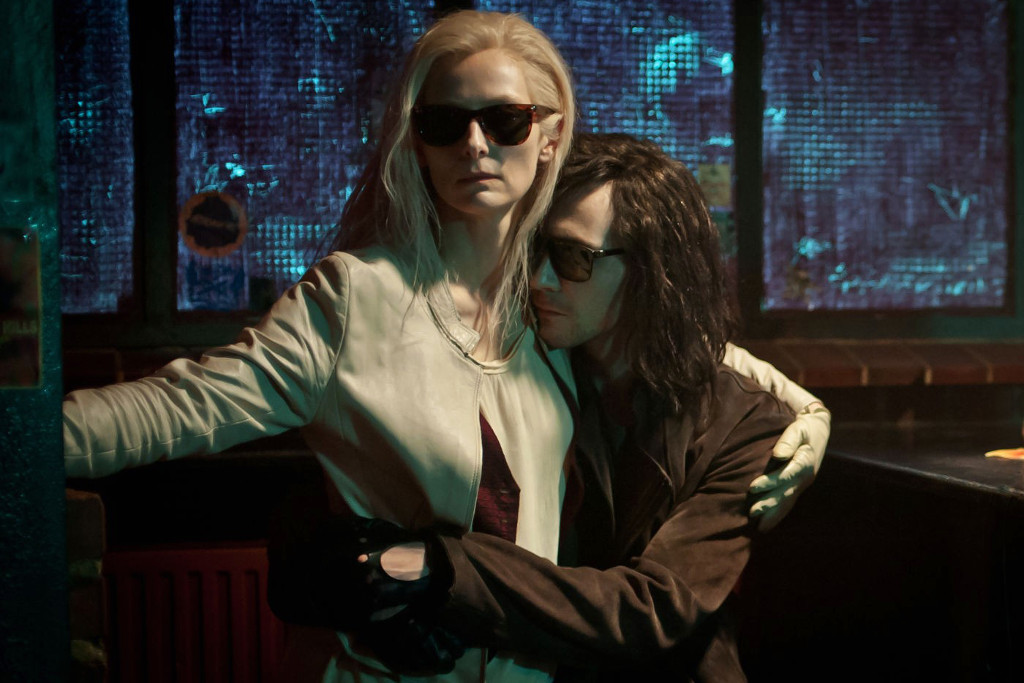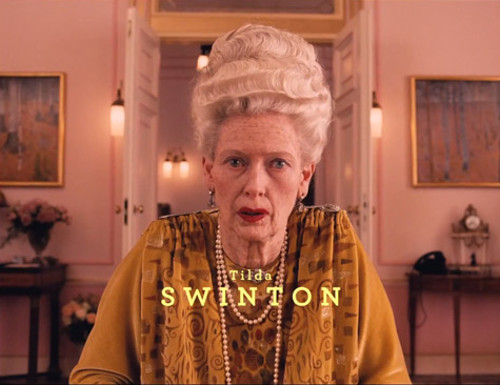In Praise Of Tilda Swinton, Avant-Garde Legend And Pop Culture Icon
All the reasons why Tilda Swinton is our spirit animal.

If you had said at the turn of the millennium that Tilda Swinton would eventually become a celebrated pop culture icon and win an Academy Award, I have no doubt the world would have let out a collective guffaw.
Derek Jarman’s flame-haired androgynous muse, star of queer British classics The Last Of England (1988) and Edward II (1991), who looked like David Bowie and had the arty fascination to install herself inside a glass box at London’s Serpentine Gallery in ’95 and Rome’s Museo Barracco in ’96, was probably the least likely candidate to be hailed a Hollywood star and Oscar winner. But there she was onstage in 2008, wrapped in a shimmering black, sleeved toga and talking about her agent’s buttocks and George Clooney’s batsuit nipples, after winning a Best Supporting Actress trophy for Tony Gilroy’s superb legal thriller, Michael Clayton (2007).
–
Avant-garde hero to mainstream goddess
It was quite a transformation. When Swinton was shamefully ignored for The Deep End (2001) — a soft-spoken yet finely nuanced performance in a gripping murder mystery — it was perhaps natural to assume that the ageing Academy just wasn’t on her wavelength. You know, too busy rewarding Halle Berry’s over-the-top hysterics in Monster’s Ball and giggling along to Renee Zellweger in Bridget Jones’ Diary to notice the flamboyant British actress giving an excellent performance in her most mainstream movie yet.
The statue went to Berry but Tilda was at least Golden Globe-nominated for the part, and the role did signify a turn in her career that would eventually see her appear in Hollywood blockbusters like The Chronicles Of Narnia franchise (2005-10), Constantine (2005), and The Curious Case Of Benjamin Button (2008), as well as the high-profile indie films Young Adam (2003) and We Need To Talk About Kevin (2011), and even music videos with her Ziggy Stardust doppelganger.
Likewise, Swinton’s pop culture cache has soared since her Oscar win in 2008. Last year’s appearance at Roger Ebert’s film festival, where she danced to Barry White’s ‘You’re The First, The Last, My Everything’ went viral; she recently had a museum retrospective, and returned with her confounding glass box artwork The Maybe at MoMA in New York; she has her own incredibly popular parody Twitter account and a cult following on fashion website Go Fug Yourself; and her appearances in the films of Wes Anderson — Moonrise Kingdom (2012) and the new The Grand Budapest Hotel — have solidified her status as a goddess in the eyes of anyone with exceptional taste.
It wasn’t always that way, though. The early stretches of her career were spent devoted to Britain’s openly gay, avant-garde filmmaker, Derek Jarman. Swinton was a muse in the second half of Jarman’s career, before he died of AIDS in 1994, appearing in most of his movies from Caravaggio (1986) onwards. Blending opulent audacity and virulent politicism, the films were embraced by festival crowds, but it wasn’t until Sally Potter’s Orlando (1992) that the startling image of Swinton began to seep into the public at large. Nominated for two Academy Awards, the lavish adaptation of Virginia Woolf’s novel placed Swinton in large decorative wigs and ruffled costumes, utilising her ability to shift between personas — and even genders — with ease.
Sexuality and gender have always been story elements that one can expect from a Swinton vehicle, whether it’s the all-consuming affair that spirals out of control in 2009’s I Am Love (for which she learnt to speak Italian and Russian), the debate on nature-versus-nurture in We Need To Talk About Kevin, the revelation of her son’s homosexuality in The Deep End, or the vampiric lust that slinks through her latest film, Jim Jarmusch’s Only Lovers Left Alive, in which she stars with Tom Hiddleston as an ancient vampire brought back to suck blood popsicles and deal with her tempestuous sister, played by Mia Wasikowska.
–
Best role? Take your pick
Of course, in a career as vivid and rich as hers, it’s hard to pick just one performance as a favourite. So many of her roles feel wildly different and incomparable and populated by moments of wonder that citing one feels frivolous and absurd. One could mention the way a luminescent smile washes over her face in I Am Love as she devours a meal prepared by her Italian lover, her body doused in limelight and romantic bliss. Or the way she breaks the fourth wall in Orlando and her eyes pierce through to her loyal subjects, the audience. Even seemingly simple moments, like the way she pronounces “shithole buddies” to George Clooney in the Coen Brothers’ Burn After Reading (2008).
Still, if pressed it’s hard to go past the electric and bonkers Julia (2008), in which French director Erick Zonca transforms Swinton into a hard-boozing, child-kidnapping, mobster-taunting, ransom artist on the run in Mexico. It is as wild and unhinged as it sounds, inspired by John Cassavetes’ classic, Gloria (1980).
Following her roles in The Grand Budapest Hotel and Only Lovers Left Alive, the 53-year-old actor also has Terry Gilliam’s The Zero Theorem and Bong Joon-ho’s Snowpiercer still to come this year. It’s all very eclectic work with the sort of directors that a less spirited performer may easily avoid, but that’s why we love her. And perhaps, as more audiences are turned on to her brilliant work and she continues to work with cinema’s greatest filmmakers, her best may be yet to come.
–
The Grand Budapest Hotel is currently in cinemas, and Only Lovers Left Alive is released this Thursday.
–
Glenn Dunks is a freelance writer and film critic from Melbourne, and currently based in New York City. His work has been seen online (Onya Magazine, Quickflix), in print (The Big Issue, Metro Magazine, Intellect Books Ltd’s World Film Locations: Melbourne), as well as heard on Joy 94.9.
